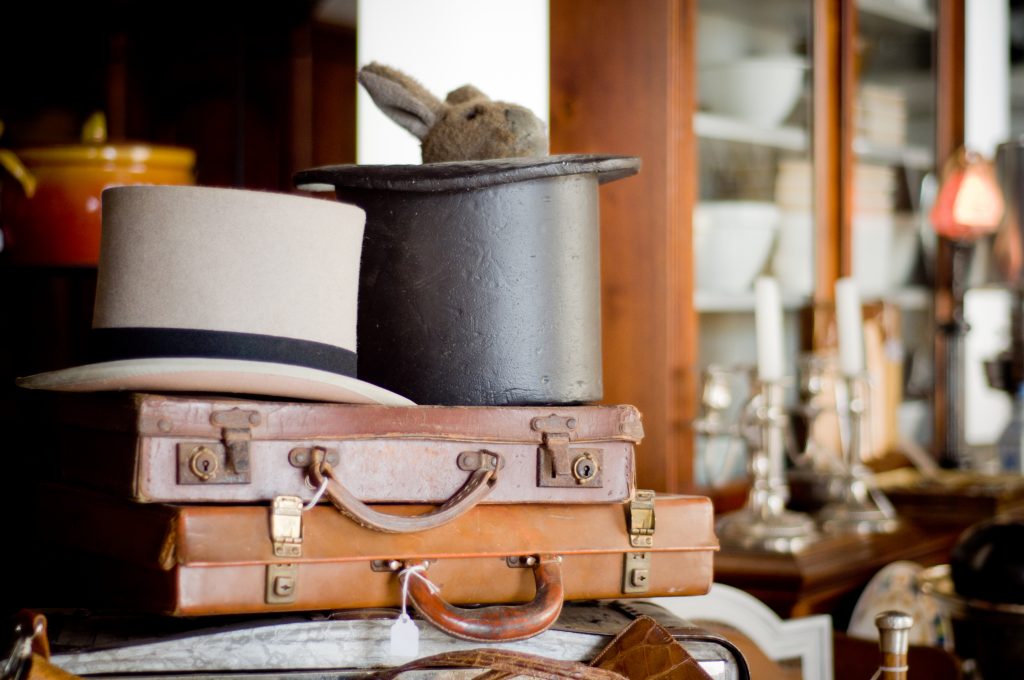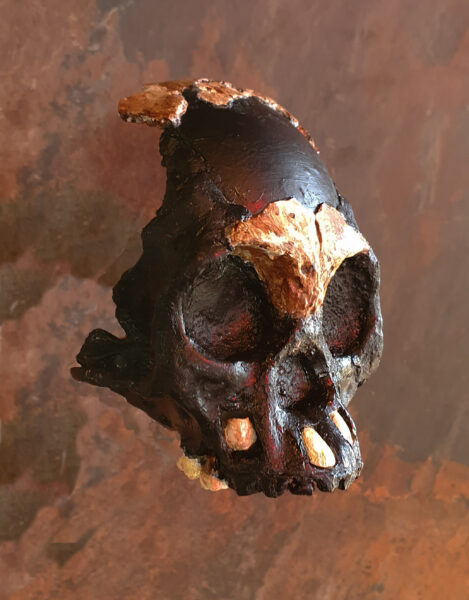Prime
Custodians Of History
Antiquing is for the people who like stories and quirky things, says Paul Mrkusic, of Bancroft Antiques. “We all like to believe that the things we love and cherish and acquire over time are imbued with the spirit of us and the places we have shared with these objects.”
It’s about passion and intuition, adds Sophie-Louise Fröhlich, specialist and auctioneer at Strauss & Co Fine Art Auctioneers, and understanding the meaning of a piece. “There are two types of collectors: one may look at an object solely as a commodity with a financial value, while the other appreciates the history and has a real interest in the object itself.”
Mrkusic too uses the word “passion” to describe his interest in antiquing. He says his love for vintage items stems from his parents, who were antique collectors and dealers. Growing up in a 1920s Johannesburg home filled with artworks and curiosities, Mrkusic would look at other older homes in the area and wonder about the treasures within and the people who lived there. An interest in new architectural styles led him to study architecture, but he admits that sitting in front of a computer did not nourish his soul. So, he decided to go into business with his father and learn more about vintage design. One of Mrkusic’s much-loved items is a 3D stethoscope with photographic cards from the Boer War that tells a story of its time and the development of design.
A lifelong pursuit
Fröhlich started collecting stamps as a child, after her grandfather instilled a love for the pastime. It was only later, when she started working in the fine art and decorative arts auction world, that she embarked on her first collection of objects: Chinese teacups. Her interests have since expanded. “I collect what I like. I don’t look at the monetary value. I want to enjoy what I am collecting.”
It’s a sentiment shared by Mrkusic. “When people buy antiques, they usually select unique items that resonate with them.” Mrkusic says his clients often want to know more about the origin and history of the items they buy, “as though the wonderful history is somehow contained in the item and will continue to bless the new custodian”. He says pieces of vintage jewellery often contain secret messages in the way they are made. Rings are set with certain jewels to convey a subtle message. Other items may contain locks of hair, engraved names and dates and even hidden portraits as keepsakes.
The typical collector
Mrkusic views antiquing as a “niche” market for unconventional people. “These days, most people search for experiences they can then photographically curate for their online platforms.” For antique collectors, the stories lie within the objects passed down through generations. Whereas minimalist contemporary design has made the need for things almost obsolete, collectors will make their treasures a focal feature in their homes.
Mrkusic says his friends are fascinated by the items he has collected, “each with its own story of when and where I found it, and what makes it special, unique and worth its place on my shelves”. He adds: “By doing so, they not only learn something about what I am showing them, they also learn something about me, my interests and what makes me tick.”
While there is also a financial value attached to vintage items, says Mrkusic, the “true reward” is the shared passion of people who love and want to own an item they cherish.





